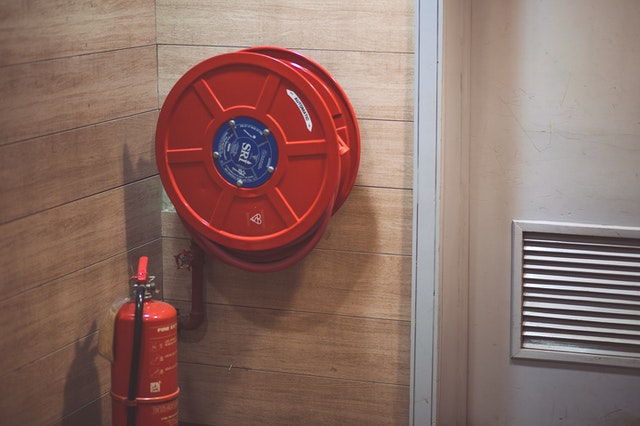If you are a homeowner, there is no doubt that you want to make your home as safe and secure as possible. You can add many features to the design of an existing house, such as residential steel security doors, to make your home safer and more secure. So, the question becomes: what should I do first? This blog post will cover some of the essential features for any home security system and offer advice on prioritizing according to your needs.

Exit Plan and Natural Disaster Preparedness
Invest in a backup generator and fuel to ensure your family will be safe at home if the power goes out. Backup generators are an excellent investment for many reasons, including ensuring that essential services like water, heat, and light can continue uninterrupted even during an emergency.
It also helps you maintain security by being able to control who enters your home during a power outage.
Install an emergency exit plan in case of fire or other natural disaster and practice it with your family regularly to make sure everyone knows what to do at all times.
Plan for a natural disaster by adding flashlights, extra batteries, and important documents into your emergency kit. Along with these essentials, you should also have other supplies on hand that you’ll need, including food and water storage containers, first aid kits, and an NOAA weather radio.
If you’re a family of a person living with a disability, please remember them in your disaster preparedness by installing threshold ramps or other supportive features to ease movement.
Smoke/Carbon Monoxide Detectors
The first line of defense in the fight against fire is a smoke detector to detect flaming fires, which emit high heat levels and large amounts of visible or near-visible light waves. The alarm sound will automatically activate as soon as it detects these types of conditions – this can give you enough time to find an escape route before the fire reaches you.
Carbon monoxide alarms detect low levels of carbon monoxide from burning fuel or oil like propane-powered appliances and gas stoves.
A first alert battery-powered smoke alarm is the most basic detector you can have in your home, but it’s a must for any household. In addition, you should install a carbon monoxide detector near sleeping areas or the kitchen where you often use cooking fuels.
Fire Extinguishers
A fire extinguisher is a safety device in the event of fires. They come in different sizes, from small enough to carry around to large and heavy ones for big rooms or outdoors. In addition, the amount of water or chemicals they contain varies depending on their size, determining how much of an area it can cover.
The most important part of a fire extinguisher is the safety pin that releases it. You can only use an extinguisher once, so ensure you know where and how to release it! It’s best to place one near every exit in your home, or at least on both floors. A general rule of thumb is that you should place one about every 30 feet.
Conclusion
Obviously, there are many ways to make your home more secure. From installing a new security system to adding deadbolts on doors and windows, you can take these steps to protect yourself from intruders and during emergencies.